On November 30, 2022, 11-year-old Winnie Wolfgramm was tragically killed in a crosswalk on 1300 South and 2100 East by a driver, while crossing the street with a friend. Details from the Salt Lake City Police Department are sparse, but it appears that her friend had made it safely across the street before Winnie was hit.
According to a witness (who asked not to be identified for privacy reasons) who saw the crash, the driver of a Nissan Titan pickup truck turned left from 1300 South westbound to 2100 East southbound and hit the child in the crosswalk on a green light.
We are heartbroken by this avoidable death and are calling for action from Salt Lake City.
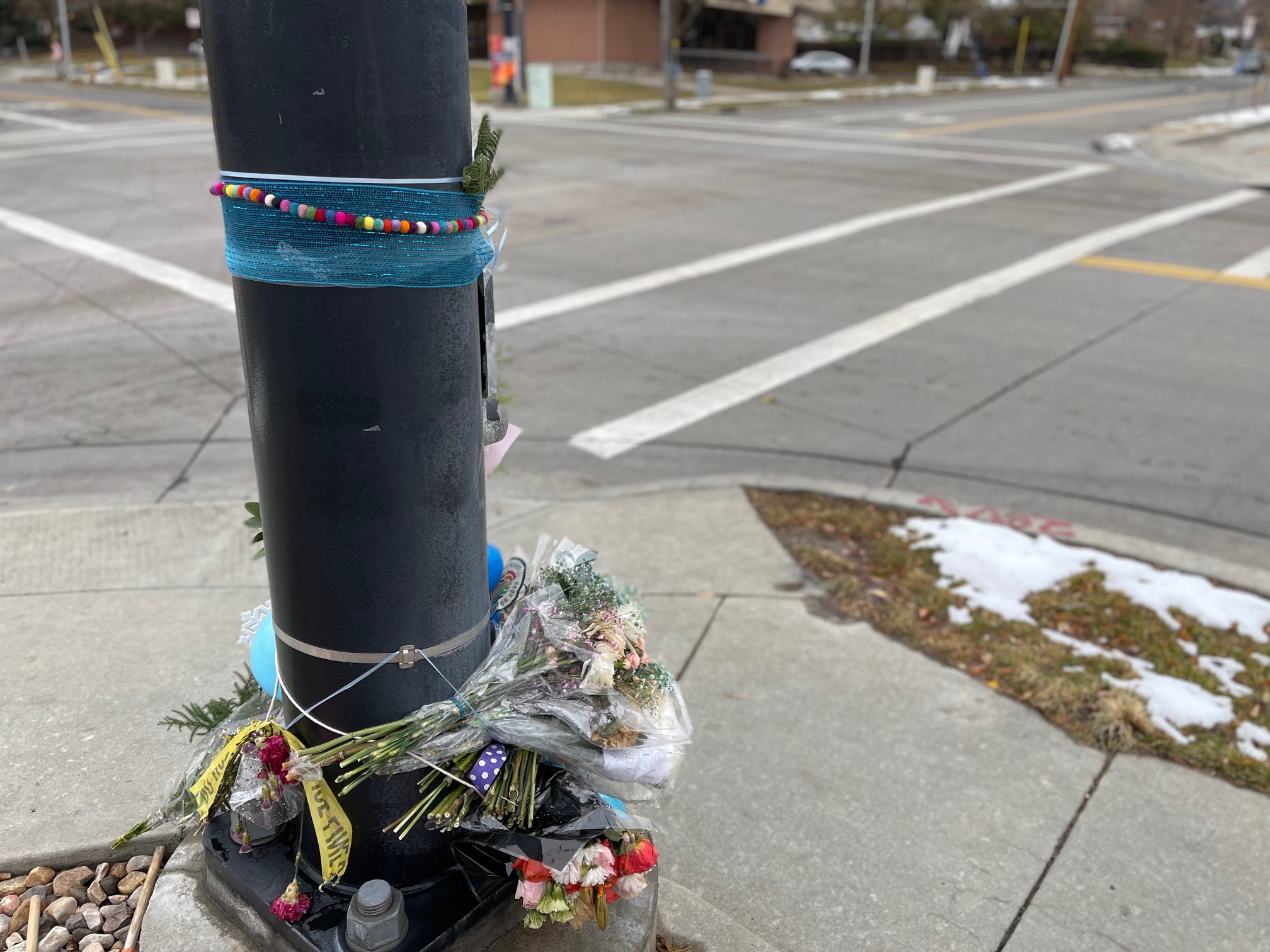
This is at least the 21st fatality on Salt Lake City’s roads this year, including many pedestrians and cyclists. See the Sweets Streets Traffic Violence Map: (https://www.google.com/maps/d/viewer?mid=1IHB-YP2FgVnuo46u3GLyOmaYLkfXDIjO&ll=40.75956959430988%2C-111.9031437&z=13)
If you would like to Vision Zero implemented in Salt Lake City, please email Mayor Mendenhall at [email protected] and/or sign the petition below:
[emailpetition id=”6″]
When is one more death or injury too much?
Cycling Utah is calling on Salt Lake City Mayor Erin Mendenhall and the Utah Department of Transportation (UDOT) to immediately adopt Vision Zero to eliminate all traffic fatalities and injuries in Salt Lake City.
In Cycling Utah’s survey sent to mayoral candidates prior to each of the last two elections (in 2015 and 2019), we asked candidates if they would be willing to adopt Vision Zero. Both Jackie Biskupski, who served as Mayor from 2016-2020, and Erin Mendenhall (serving from 2020-2024) agreed to do so. Former Mayor Biskupski never followed through. Current Mayor Mendenhall still has a chance to do so.
From our 2019 survey:
Cycling Utah: Salt Lake City currently does not have a formal Vision Zero program. What will you do to work towards Vision Zero (zero fatalities) for cyclists and pedestrians in Salt Lake City? Would you commit to establishing a formal Vision Zero program? What would you like to see with regard to speed limits in Salt Lake City? (https://www.cyclingwest.com/advocacy/politics/erin-mendenhall-cycling-utahs-salt-lake-city-2019-mayoral-election-candidate-survey/)
Erin Mendenhall: As Mayor, I will convene a committee of interested stakeholders and SLC transportation experts to review Vision Zero opportunities–including speed limits–for Salt Lake City. Pedestrian and cyclist safety is critical, particularly amid such population and transportation growth.
Mayor Mendenhall needs to follow through on this immediately.
So, what is Vision Zero? From the Vision Zero Network Website:
So, what is Vision Zero? From the Vision Zero Network Website (https://visionzeronetwork.org/about/what-is-vision-zero/):
Vision Zero is a strategy to eliminate all traffic fatalities and severe injuries, while increasing safe, healthy, equitable mobility for all.
“Committing to Vision Zero will take the following strategies:
-
- Building and sustaining leadership, collaboration, and accountability – especially among a diverse group of stakeholders to include transportation professionals, policymakers, public health officials, police, and community members;
- Collecting, analyzing, and using data to understand trends and potential disproportionate impacts of traffic deaths on certain populations;
- Prioritizing equity and community engagement;
- Managing speed to safe levels; and
- Setting a timeline to achieve zero traffic deaths and serious injuries, which brings urgency and accountability, and ensuring transparency on progress and challenges.”
In May 2022, following a spate of traffic deaths, Mayor Mendenhall and UDOT Director Carlos Braceras announced the creation of a “Safe Streets Task Force” which is intended to be a “multi-department effort with the Salt Lake City Police Department and Transportation Division to identify the most critical areas of the city where intervention may be necessary to prevent future crashes, injuries, and deaths.”
Mendenhall and Braceras also announced a partnership with the State of Utah’s Zero Fatalities program.
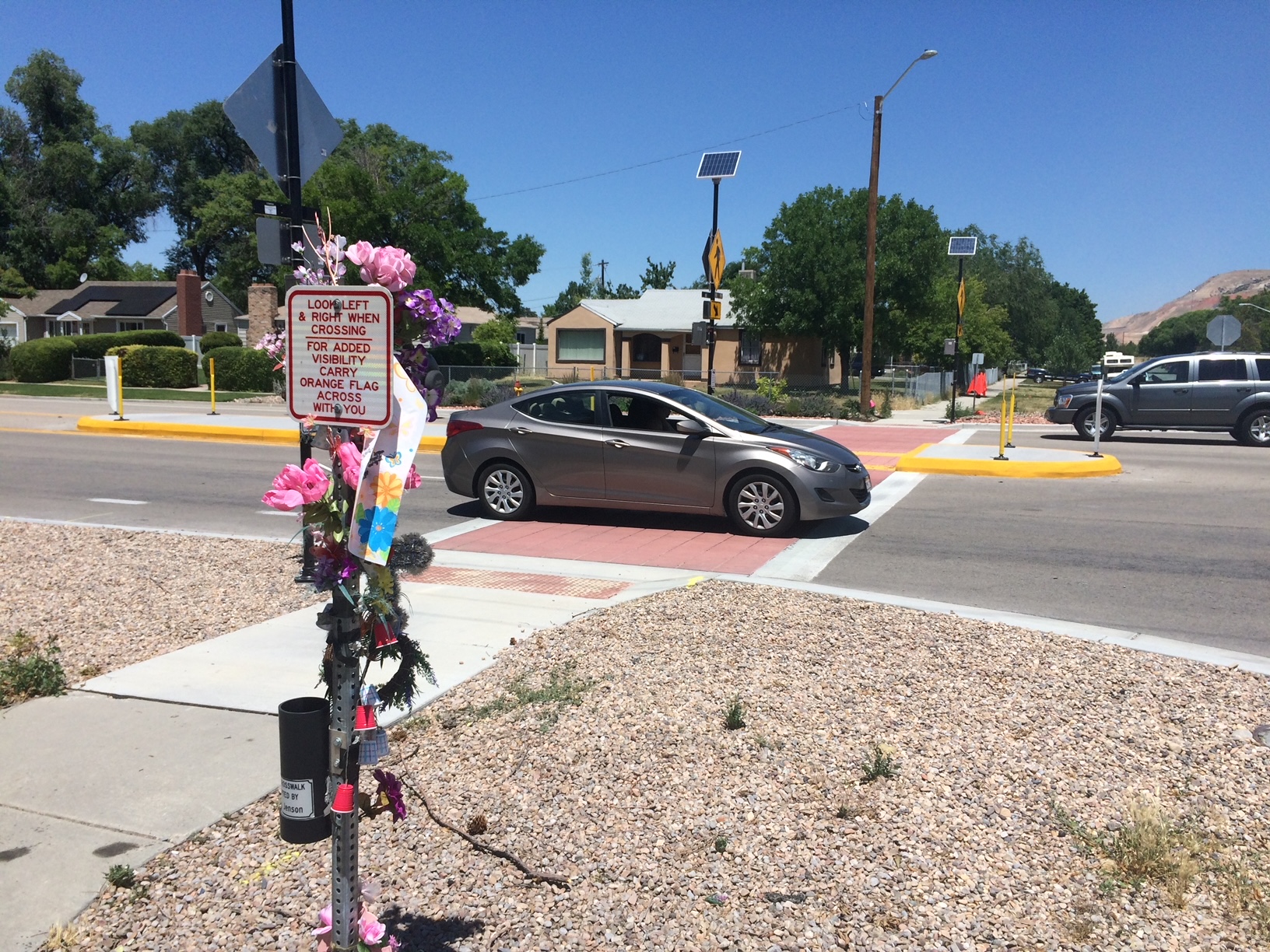
According to Salt Lake City, the task force has met, but there have been no announcements, goals, or programs to come out of the task force. The task force supposedly will include 4 working groups: analytics, education, capital projects, and enforcement. While it’s a step in the right direction, it’s not Vision Zero, and it’s not nearly as aggressive an approach as needed.
UDOT program Zero Fatalities, not to be confused with Vision Zero, has as a goal “to eliminate fatalities on our roadways.” While this is of course what we want, Zero Fatalities is an admirable education program to ask drivers to drive safer. It does not address speed limits, road design, car and truck design, traffic signals, stop signs, bike lanes, pedestrian bulbouts, or any of the multitude of necessary physical or legal changes to our streets and highways.
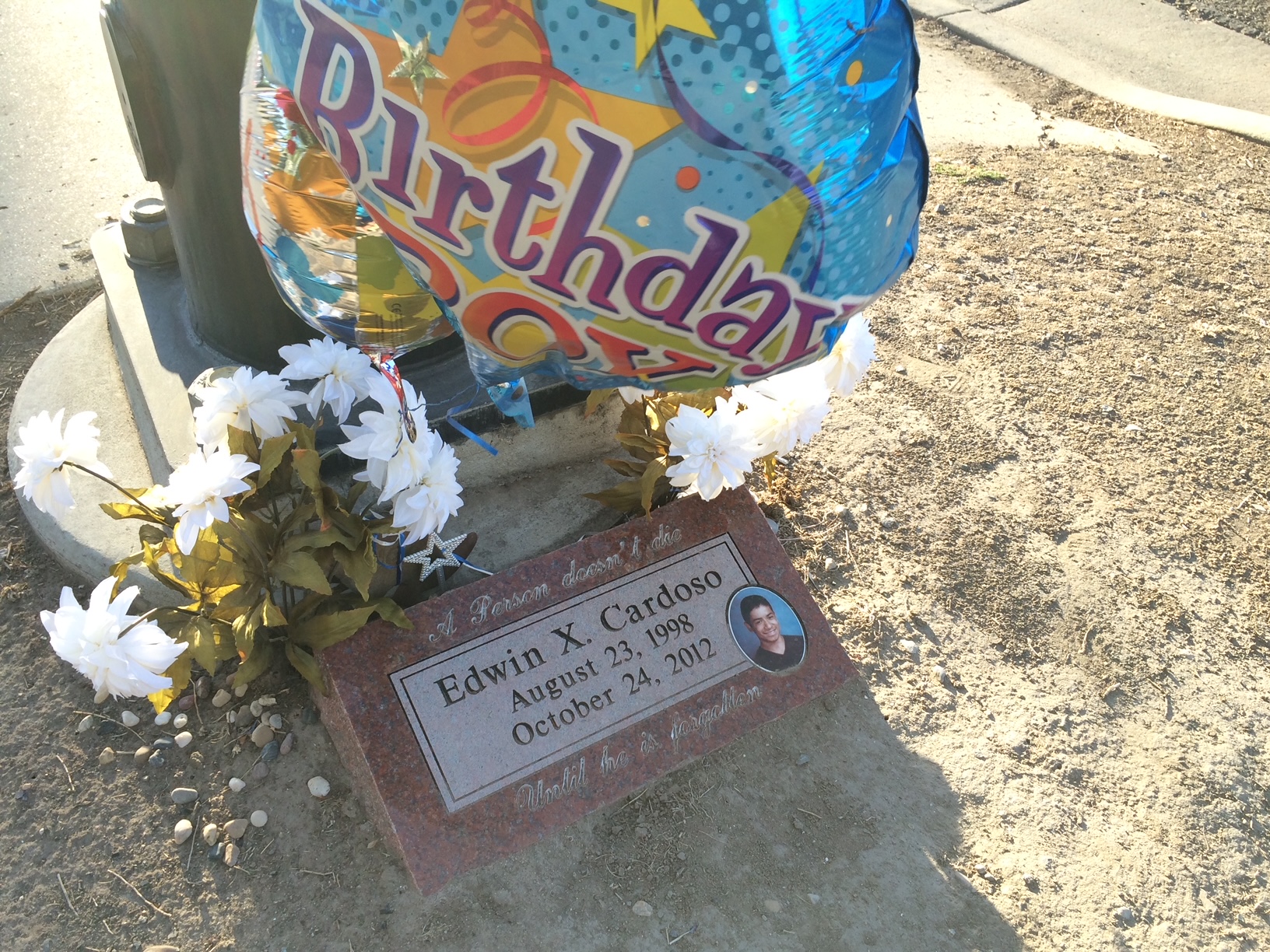
Earlier this year, after the task force was formed, Cycling Utah asked UDOT and Salt Lake City to make 400 South and 300 West safer when the streets were repaved. Nothing happened. The two streets were restriped and repaved with no additional safety measures.
While projects like the 9 Line Trail, Folsom Trail, and the 300 West Trail are wonderful, there are many other recent examples of road projects and safety measures, on both UDOT’s and Salt Lake City’s streets, that have not put the pedestrian and cyclist first, but which have instead prioritized automobiles. Enough is enough is enough.
Cycling Utah’s Plan for Salt Lake City to get to Vision Zero and eliminate deaths and injuries on our streets:
- UDOT and Salt Lake City need to publicly and strongly commit to Vision Zero and do everything they can to eliminate all fatalities on the streets and roads in the city. This means following through on the Vision Zero commitment (https://visionzeronetwork.org/wp-content/uploads/2018/05/VZN-9-Components.pdf). And, it means that not only Salt Lake City maintained streets would be made safe, but UDOT’s would as well. This would be accomplished through:
- Political Commitment
- Multi-disciplinary leadership
- Action Plan
- Equity
- Cooperation and collaboration
- Systems based approach
- Data Driven
- Community Engagement
- Transparency
- Rename the task force the Salt Lake City Vision Zero Task Force to show the city’s clear commitment to no more traffic deaths.
- To get to no more traffic deaths and injuries means that every single decision regarding streets, transportation, and roads within Salt Lake City shall prioritize in order:
- People on foot, wheelchairs, and other person mobility devices.
- People on bikes, scooters, skateboards, one wheels, and other micromobility options.
- People on transit – buses, trains, and trams.
- People delivering goods to our local businesses and homes.
- People in cars or personal trucks.
- Salt Lake City and UDOT should complete an immediate reevaluation of all speed limits in the city. While the recent #20IsPlenty change of the default limit on Salt Lake City streets to 20 mph was a huge step forward, it is not enough. Every single speed limit signed street in Salt City needs to be reevaluated and changed downward.
Seattle not only changed their default speed limit to 20 mph, but they also changed the default speed limit on arterials to 25 mph. This could easily take place during the winter when road paving and striping cannot happen due to weather. - Despite several opportunities on newly-configured streets (Main Street and South Temple for example) to take this step, this has not happened. Salt Lake City is supposed to be in the process of reevaluating speed limits, but change has not yet occurred. For critics who say that signs don’t matter, remember on a 2-lane street or road-dieted street, it only takes one driver to go the speed limit to require everyone behind them to go the speed limit.
- Accelerate the City’s new Livable Streets program. While still in the planning stages, the program holds great promise, but we have not seen any new initiatives yet. A main goal is for “measures should be implemented to calm traffic and improve the overall safety, livability, and attractiveness of residential streets in Salt Lake City.” Salt Lake City has not had a traffic calming program in 15 years, so this will be a welcome change. A recent report found that 403.5 miles of streets are eligible for traffic calming. For details: https://www.slc.gov/transportation/wp-content/uploads/sites/11/2022/05/SLC_Livable_Streets_Final_Report_compressed_short.pdf
- Reinstitute Salt Lake City’s successful Stay Safe, Stay Active Streets program that was a savior to many during the height of the COVID-19 pandemic in 2020. The program closed off a number of streets to all but local car traffic using nothing more than temporary barricades and signage. The program was a simple but extremely effective way to allow people to have priority on the streets. https://www.slc.gov/transportation/wp-content/uploads/sites/11/2020/05/FINALSafeActiveStreetsSummaryReport-2.pdf
- Add speed bumps everywhere that will truly slow cars down, rather than the anemic ones recently added to 500 East. With better engine design going towards more power rather than better fuel economy, good road design and lower speed limits are not enough. We need a massive investment in new speed bumps, raised crosswalks, traffic diverters and other road furniture that will force drivers to slow down.
- Create a standard of a maximum of 10-foot-wide travel lanes on all UDOT and Salt Lake City streets to slow traffic and make more room for bicycles.
- Reinvigorate the city’s efforts to increase walkability and bikeability, both of which help to get people out of cars and make our roads safer for all. This is a combination of planning and cheerleading.
- Continue expansion of our rapidly improving transit network along with a program for free fares for all residents. This is likely best accomplished at the State of Utah level with taxation, financing, and reprioritizing of transportation measures. Better public transit will lead to fewer drivers behind the wheel and thus makes our streets safer for all.
- Continue planning efforts to increase housing density and walkability and bikeability in the city to reduce the need for a car.
- Ban right turns on red. This simple measure would keep cars from traveling across crosswalks where pedestrians have the right of way. The law does not allow cars to travel perpendicularly across routes where other cars have the right of way when the light is red, so why does it allow cars to violate pedestrian right of way?
The right turn on red became Federal Law in 1975, intending to encourage energy conservation. In 1992, the law was apparently changed to allow safety as a reason for not allowing right on red (https://www.law.cornell.edu/uscode/text/42/6322). New York City has banned the practice since pedestrian safety was clearly diminished.
Right on Red is inherently dangerous to people on foot and it’s time to eliminate this practice not only locally in Salt Lake City, but statewide, and ultimately federally. With cars increasingly equipped with automatic shutoff devices at a stop along with the rise of the electric car, energy conservation arguments hold less weight. By making it safer for cycling and walking, more people will cycle and walk which is orders of magnitude more energy efficient than driving. - Follow through with the 2015 Bicycle and Pedestrian Master Plan goal of completing the Neighborhood Byway network by 2025. Sweetstreetsslc.org has made this a current campaign.
- The use of red-light cameras and speed limit cameras to identify and ticket violators is currently banned at a state level. Legislation needs to be introduced to overturn this myopic me-first policy.
- We also need a better approach to reduce impaired driving from alcohol, drugs, cell phones, and other distractions. This could include making sure that public transit runs later at night to allow people to take alternative transportation rather than a car.
- This list is not comprehensive, and it is likely we have missed some things. Please let us know and we can add your thoughts. For more policy ideas, see our 2017 editorial on People First Transportation in Salt Lake City: (https://www.cyclingwest.com/advocacy/editorial-salt-lake-city-needs-sustainable-progressive-safe-people-first-transportation-policy/)
Please let us know your thoughts in the comments below.

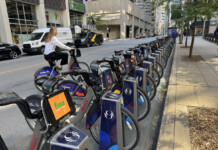
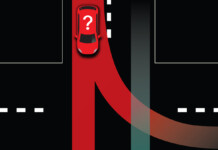


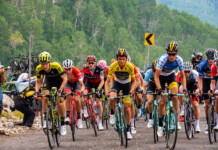
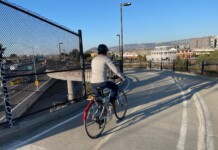






Speed bumps will go a long way. Also reducing the number of stop lights to improve traffic flow and reduce the need for running lights.
Comments are closed.